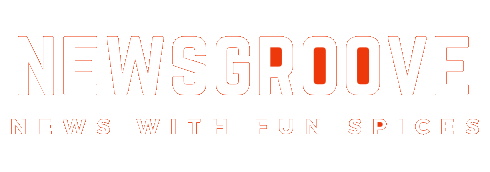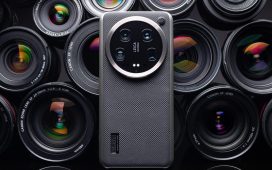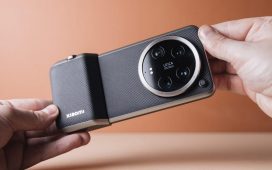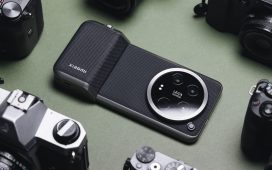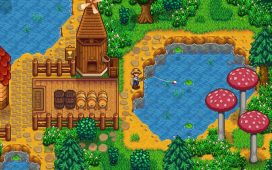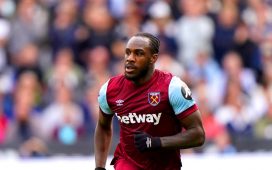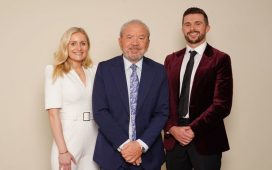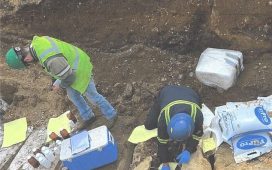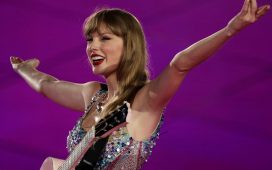
What is style? This is a question to which I’ve given a lot of thought. The best answer I’ve come up with is that your style is the sum of all your choices.
Warning: This article contains portraits that may not be safe for work.
Style is not presets or filters or film emulators. Those are all just choices that can contribute to your style. Style is not your in-camera “Picture Control”: Standard, Neutral, Portrait, Vivid, etc., but those too can contribute to your style if you use them with purpose. Black and white itself is not a style, but the deliberate choice to use it to achieve a specific result is (and for that matter, a black and white image is not automatically “artistic”).
The Rule of Thirds is not style either, but your choice to adhere to it, or to deliberately break the rule, can be part of your style. Your ultra fast prime, your new mirrorless body, your sensor size, and resolution; these things are definitely not your style, but how and why you choose each tool and how and why you use them, is.
Style develops slowly over a long period of time. When I first started out, I shot everything: portraits, still-lifes, street, landscapes, macro, sports, etc. I was sampling all these different kinds of photography and in doing so, learning what topics interested me and what topics did not. After some time, my focus began to narrow, and I found that I favored certain topics more than others. But I also found that I started making and repeating certain choices again and again: lenses, lighting, angles, models, poses, etc. At the same time, I also began to observe and recognize the developing style of my photographer friends.
Sometimes the best way to think about style is to think about it relative to someone else’s style. The choices you make consistently may contrast strongly with those of a fellow photographer and that could help you start to see and understand your style. I got a chance to see this in action in a joint photo shoot with my friend and fellow photographer, David Hatfield.
Since Dave did the work to put this collaboration together with Breanne, our model, and since they worked jointly on the concept, Dave took the lead in the shoot. He was the primary photographer, which meant that the pressure was on him to deliver good photos. This had two unexpected benefits:
1. With no pressure on me, it meant I was free to just play. I could experiment with different compositions and try out some ideas—ideas I might have otherwise not considered because I’d be too worried about getting a “safe” and usable shot (if only I could approach every shoot this way!).
2. It helped to really highlight the differences in our respective styles.
I was never a big fan of the idea of joint photo shoots. I always figured I’d end up with the same shots as the other photographer(s). But this photo shoot showed me otherwise. And the added benefit of being able to shoot without any pressure and without any real attachment to the result made for a really fun shooting experience. I’d recommend it to any photographer out there asking questions about style. Get together with a friend, set up a photo shoot, and see how different (or how similar) your results are.
Over the years, Dave and I have developed and grown together as photographers. I think he is the better photographer of the two of us. But in terms of pure technical ability, we’re at the same level. So we should technically be able to make the exact same photos. And yet, our style can and does differ substantially.
Check out the results:
First, Dave:



Now, me:



And here are Dave’s photos from the second half of our shoot:




And my photos from the second half of the shoot:




Dave likes grit and texture. He likes film emulations and film grains especially. But he uses them well. They’re necessary to his process. They work for him. When I use them, it feels weird, forced.
I like a really clean image that’s got minimal post process. And yet, I’ll obsess over every last detail. I didn’t like the position of some water droplets in some images from the shower scene, so I removed them or repositioned them.
I will go through multiple versions of each photo, taking weeks to arrive at a “final” edit (quotes added because I might come back at an even later date to make more tweaks to my photo!). Dave will take his JPEGs directly from his camera, make some quick global edits, apply and tweak whatever effects he decides are needed (and masks them out where they’re not needed), crops, and he’s done and on to the next project. I don’t think I’ve ever known him to go back and re-edit old work.
We both like high contrast images. But I prefer softer lighting while Dave often favors harder, direct light. For this shoot, Dave lit the shower scene mainly with handheld LED flashlights (usually ~$8 to $15 each). That would never have even occurred to me.
Speaking more generally, our approaches are different too. He’s more confident and tenacious. For the shower scene, he put his camera in a water housing so he could get water spraying directly on his lens (within the housing) while he made some portraits. Again, I’m not sure it would have occurred to me to shoot this way. Instead, I shot through the glass of the shower door, alternately focusing on Breanne, and also on the water droplets on the glass. I think both are good approaches and make for dramatic, moody portraits. Is one better than the other? I don’t know, but Dave’s work is pretty d*mn good if you ask me.

I’m the more introverted of the two of us. I prefer to observe, hang back a bit, and then approach a scene carefully and methodically. I like to do a bit more planning and studying. In a shoot like this one, it can take me dozens or even hundreds of frames to arrive at a scene and composition I like, and even then I’ll keep shooting, to be absolutely sure I have the shot I want. Dave gets there faster, and moves along to the next scene, faster. He’s more decisive with his compositions.
And yet, for all my indecision, all that clicking around can often get me to a shot that turns out to be really successful, one I would never had made if I hadn’t persisted. I’m not sure Dave has the patience for that kind of process. But my approach isn’t necessarily better. My persistence doesn’t always pay off. I’ll stay on a scene and shoot hundreds and hundreds of throw-away shots, looking for a something that works, where Dave will quit the scene and find another shot, and fast.
He likes to be spontaneous where I’m a bit more cautious, deliberate. I think we need both kinds of photographers. Both are valid. I like to joke that if he’s Kirk, I’m Spock. Our personalities are very different, and these differences are reflected in the kind of photography we do, and, ultimately, in the photographs we make.

To anyone thinking about how to further develop their style, the advice is simple: Shoot more. A lot more. Then go back over your work, and see what choices you’re making consistently. Better yet, get together with your fellow photographers, consider doing some joint photo shoots, and see just how different (or similar) you are. See what you can learn about your own style, but also take the opportunity to learn from each other. And of course, share the results.
About the author: Carlos Chavez is an aspiring photographer based in San Diego, California. You can find more of his work on his website. This article was also published here.
